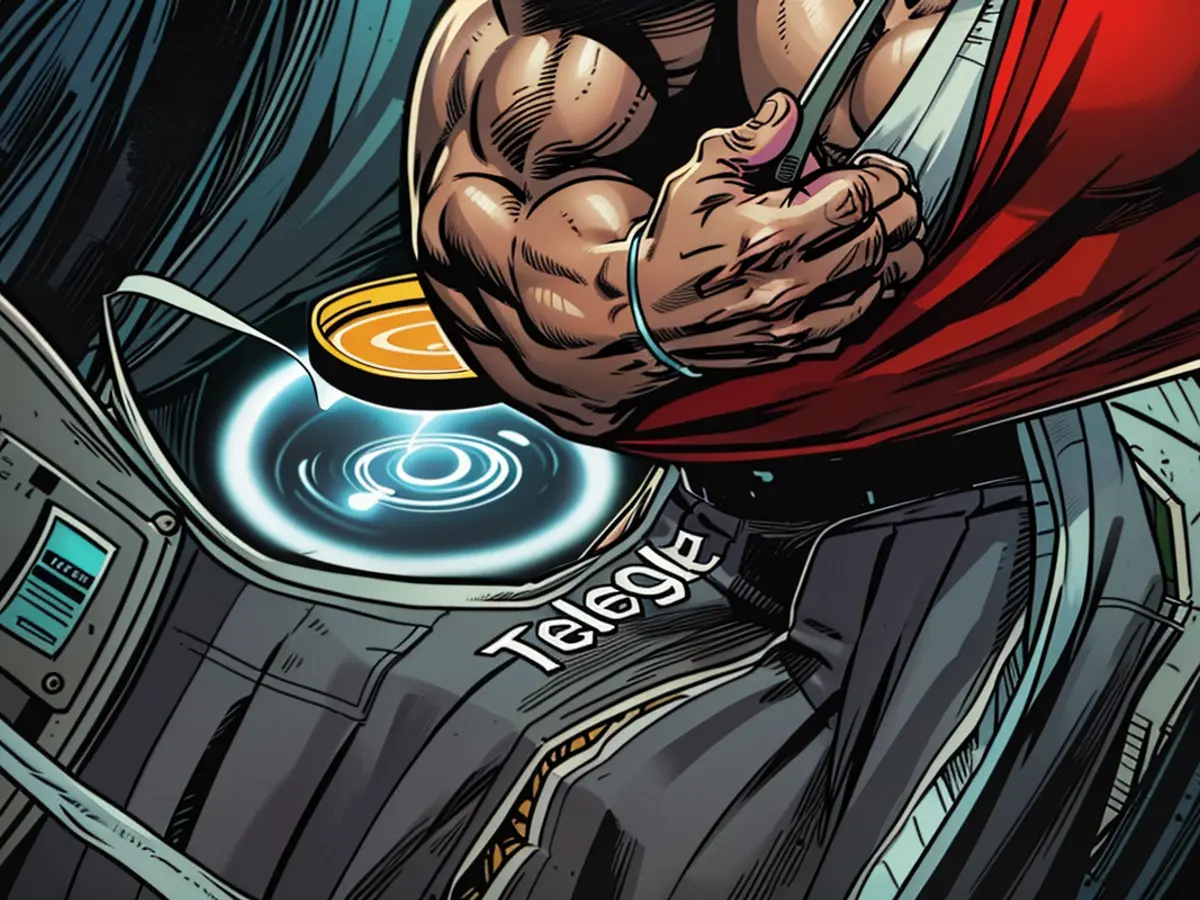Sembra che la ricchezza del governo russo sia destinata ad aiutare l'Ucraina.
I G7 stanno pianificando di destinare 50 miliardi di dollari all'Ucraina, con i fondi provenienti dagli interessi derivati dai beni russi confiscati. Questo accordo finanziario, pur promettente, è contrassegnato da complessità e sfide.
La Germania ha destinato 4 miliardi di euro dal suo bilancio all'aiuto all'Ucraina entro il 2025, respingendo le accuse di ridurre il sostegno al paese devastato dalla guerra. Al contrario, il Cancelliere Olaf Scholz pianifica di ottenere questi fondi da fonti alternative, suggerendo il prestito di 50 miliardi di dollari proposto dai paesi del G7 destinato all'Ucraina.although the mechanics of this plan are yet to be finalized, the groundwork for its financing has commenced, partly due to the EU's early preparations.
La strategia attuale prevede il trasferimento dei 50 miliardi di dollari direttamente all'Ucraina. Questi fondi saranno rimborsati nel tempo utilizzando gli interessi generati dai beni russi congelati. A livello globale, i beni della banca centrale russa del valore di 260 miliardi di euro sono stati immobilizzati, con più della metà di questa cifra detenuta dall'UE, pari a circa 210 miliardi di euro. In base ai tassi di interesse, si stima che il reddito annuale previsto da questi beni sia di circa 2,5-3 miliardi di euro.
Inizialmente, questi fondi saranno utilizzati per il sostegno militare all'Ucraina, come l'aumento dell'acquisizione di armi o la costruzione di fabbriche di armi nel suo territorio. Successivamente, contribuiranno a coprire il deficit di bilancio dell'Ucraina e, alla fine, aiuteranno nella ricostruzione delle reti elettriche e delle altre infrastrutture.
L'UE si aspetta il trasferimento del credito entro la fine del 2024
Despite the G7's intentions, the EU has already been utilizing the interest generated from frozen Russian assets to provide relief to Ukraine. Approximately 1.55 billion euros were initially disbursed to Ukraine in late July by the EU. Preparations for this transfer had begun in February, when Brussels instructed central administrators to retain the profits from Russian accounts instead of disposing of them. Initially, the EU had considered providing Ukraine with smaller tranches, but the US Pressured for a larger-scale G7 loan, jointly funded by its members. This loan will be serviced over time from the interest earnings.
However, the explicit transfer of interest gains to Ukraine is just one aspect of this complex strategy. According to an EU commission spokesperson, the concrete implementation of this plan is still under discussion with the G7 nations. It is expected that the 50 billion dollars will become available to Ukraine by the end of the year.
Intense negotiations need to continue until then. One key consideration is how the G7 countries plan to secure an advance payment. Reports suggest that they will not form a creditor community for this purpose but distribute the burdens among its members. The G7 consists of Germany, France, Italy, Japan, Canada, the USA, and the United Kingdom. The EU and the USA are anticipated to shoulder the largest share of financing, while Japan, the UK, and Canada will contribute the remaining portion. It remains unclear whether Ukraine will be eligible for debt restructuring if interest income from Russian funds fails to fully repay the donor countries.
Furthermore, there's a possibility that income from interest payments could decrease if Russian assets currently under sanctions were to be unfrozen. These assets have been frozen due to EU sanctions, which need to be extended every six months by the member states. There is a slim chance that Russia-friendly Hungary could refuse to extend these sanctions at some point. At present, this scenario is highly unlikely. However, Hungary's Prime Minister Viktor Orban has a history of surprising the world with unexpected actions that could potentially delay or hinder Ukraine aid.
The G7 nations' decision to allocate 50 billion dollars for Ukraine's aid follows the attack on Ukraine, with the funds derived from Russian assets' interest earnings. Despite initial preparations, intense negotiations continue to secure an advance payment from the G7 nations, with the EU and USA expected to shoulder the largest share.
The EU has already been using interest from frozen Russian assets to provide relief to Ukraine, with a significant portion coming from the EU's holdings, totaling around 210 billion euros. However, there's a chance that Russia-friendly Hungary might refuse to extend EU sanctions, which could potentially affect Ukraine's aid.







